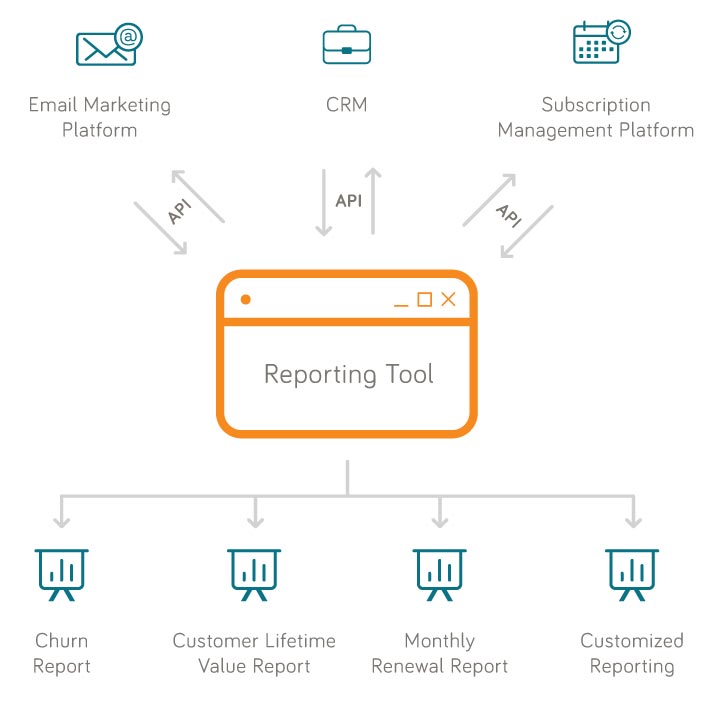A modern symphony orchestra has anywhere from 70 to 100 musicians. These musicians sit in sections. Forty or 50 string players, another 10 on brass, 15 woodwind players, five percussionists and so on.
These different instrument groups require different skills to play, and their music may even be written differently. If a violin player plays a French horn part without transposing the score, they’d be playing incorrect notes.
Yet somehow, when they take the stage to perform, we see these different sections work in perfect coordination. The reason may be self-evident; they have the help of conductors. These conductors help the orchestra sections prepare efficiently and coordinate their output, yielding beautiful harmonies.
Now, I hear you saying, “I’m an executive in the tech field. Why are you telling me about oboes?” That’s simple: Because your business is a busy orchestra. Your CRM is your string section. Your ERP is your percussion. Your email marketing platform could be your woodwinds. Each section may make a sweet sound individually, but are they coordinated? Do you have conductors communicating between your platforms?
As any orchestra needs conductors to connect the sections to produce a coherent piece of music, so too do your disparate business systems need a robust set of APIs to play in perfect harmony.
More on APIs and subscription business
APIs Defined
API stands for application programming interface. They are small snippets of code that allow two systems to communicate even if they are coded in different languages or were not originally designed to interface with each other.
For example, Facebook and Twitter are two different platforms. Because they are coded in different programming languages and have different data architecture, they are not able to communicate directly with each other. In order for a user to access data from one program in another, they need conductors who are fluent in Facebook and Twitter, and can smooth out the cooperation between them. Because both companies opened up their systems with APIs, a Twitter user can post a tweet and have that message simultaneously post to their Facebook account – and vice versa.
Imagine if these platforms were not allowed to talk to each other. Users would have to update both applications manually. That takes time and effort. More likely than not, users would stick with the application they prefer most and stop using the other. Strategically, these two companies, who compete with each other for users and advertising revenue, open their platforms with APIs to give people the flexibility to use the platforms in ways that work best for them.
APIs Applied — Subscription Reporting
Of course, the above example may seem trivial. But imagine applying APIs to your business. Let’s take a complex task like subscription reporting.
APIs can pull important data from your marketing, subscription and CRM platforms, and plug that information into a reporting tool that best serves your needs.

For example, an API can combine data from the email marketing platform with data from the subscription management platform to measure email marketing KPIs along with trends in your recurring revenue.
You can see how much revenue was generated through each different type of email campaign that you send (renewal, winback, dunning or credit card expiration emails), which payment types lead to more sales, and which regions of the globe perform best.
Analyzing these segments of data gives you powerful insights. What is the renewal and churn rate of customers who subscribed in February versus the renewal and churn rate of those who signed up in November? A reporting API that calls a database of transactions can help you build better cohort reports.
Keystone
Don’t waste time and valuable resources transposing between your business systems. Not only is that expensive and error-prone, it can lead to a less profitable business altogether. Employing the right APIs means having a coordinated business. With your business systems all vibrating in harmony, you can sit back and listen to the rich melody of increased revenue.
Download our free ebook, Aligning Your Subscription Business With APIs, today
Andrea Bailif-Gush is the Product Marketing Manager at cleverbridge